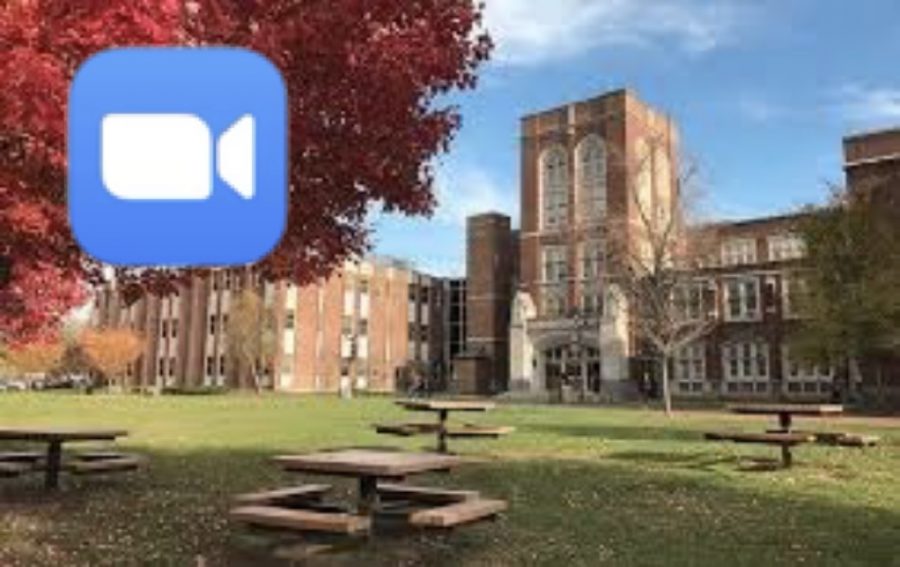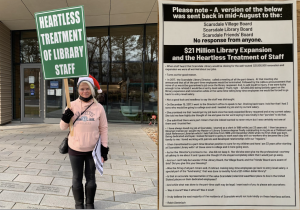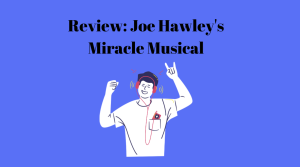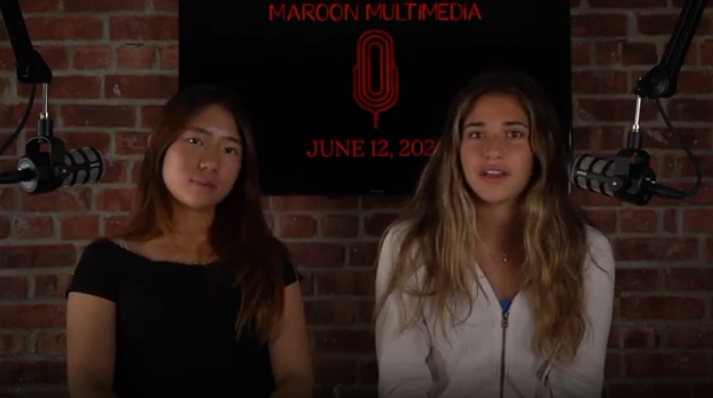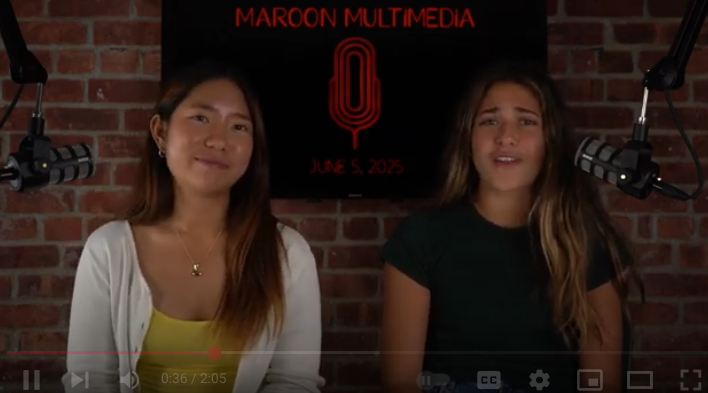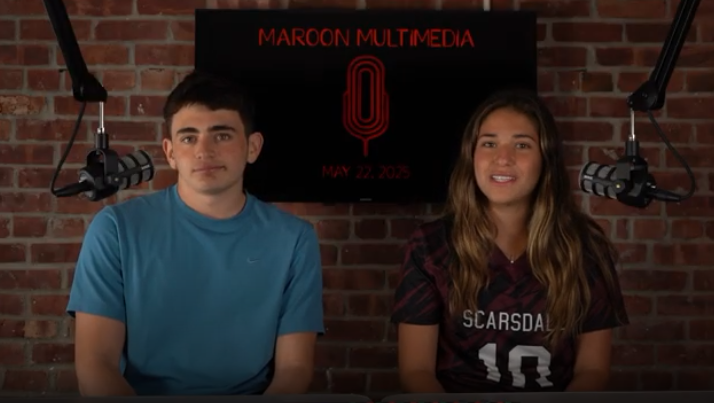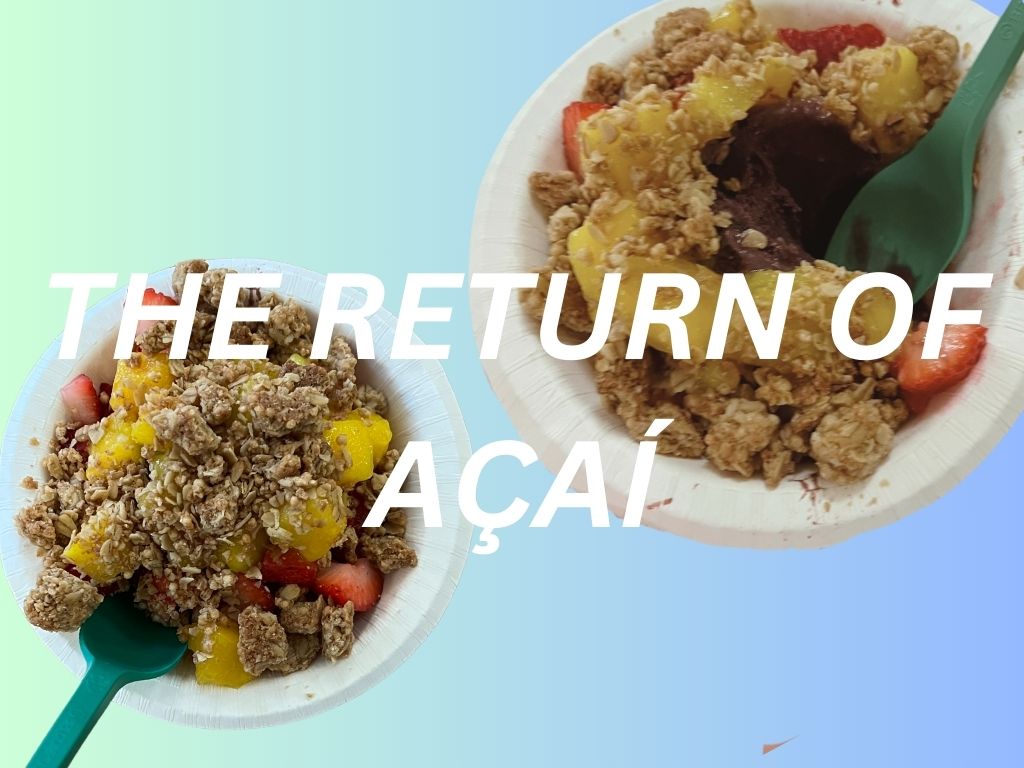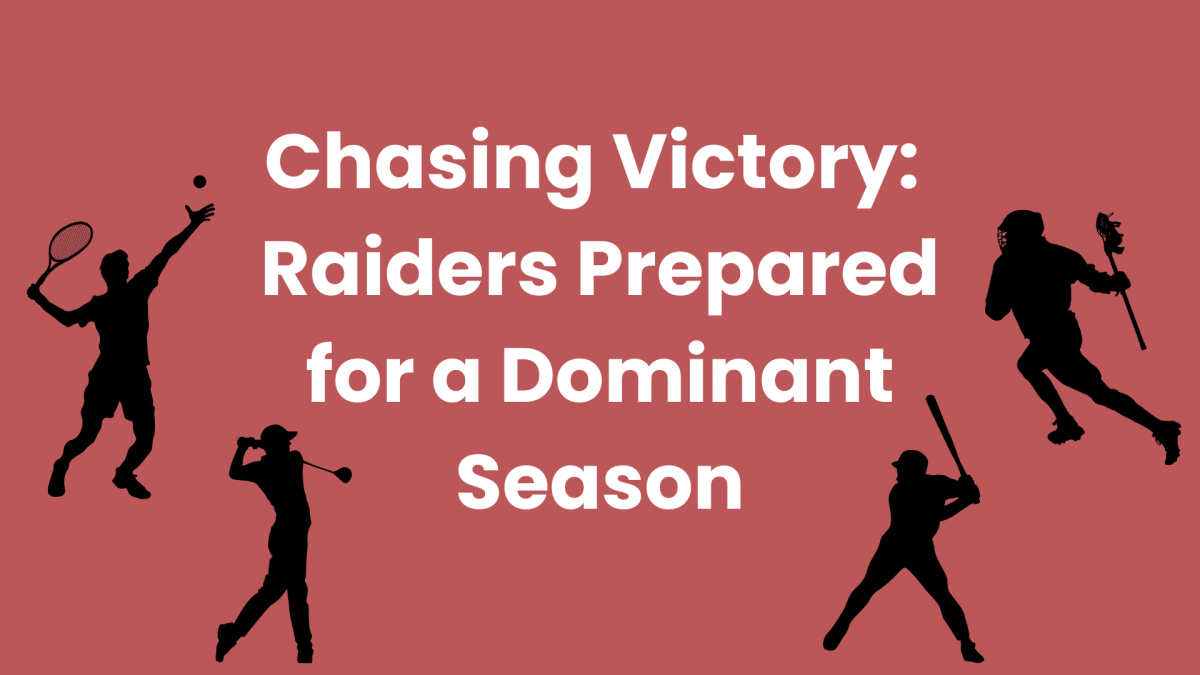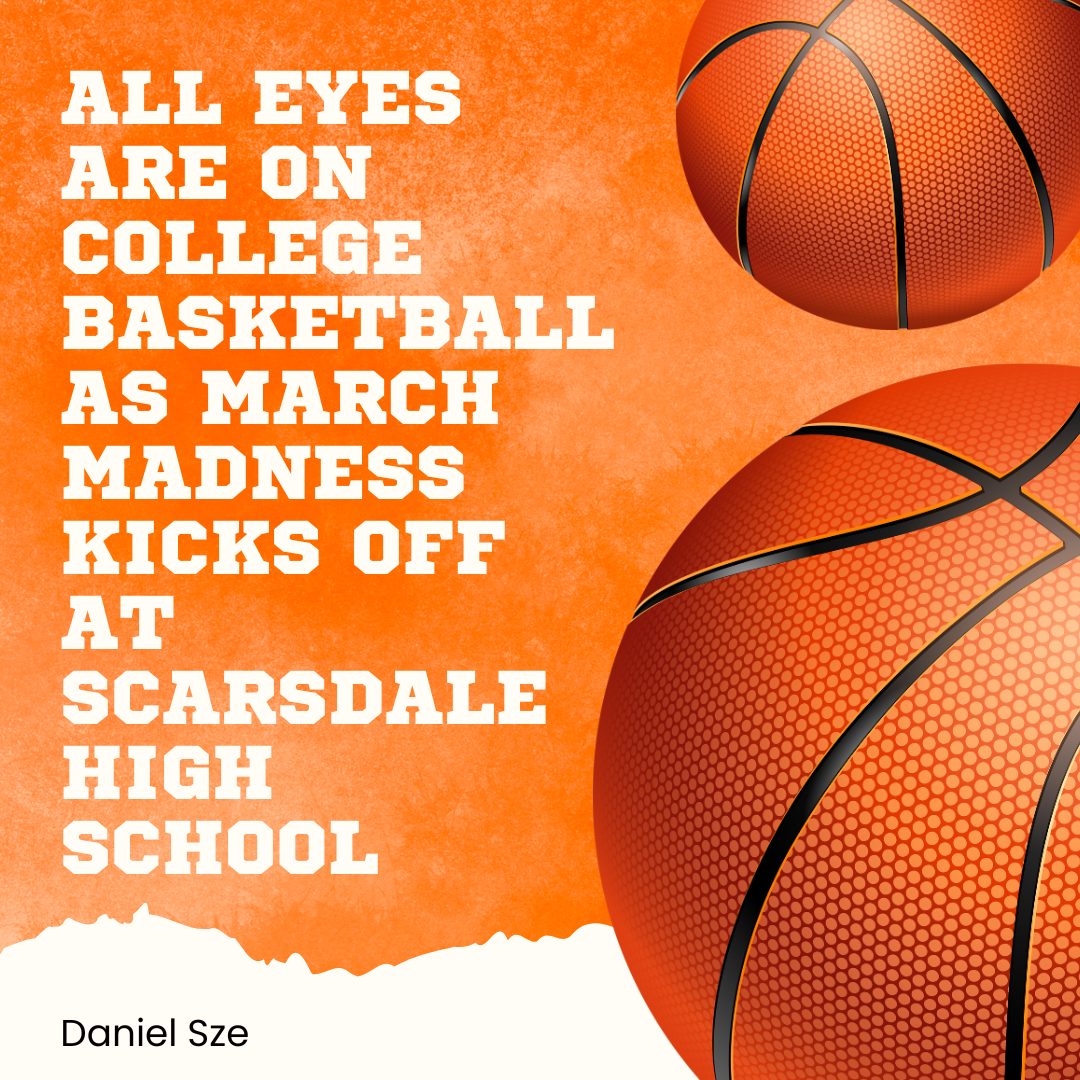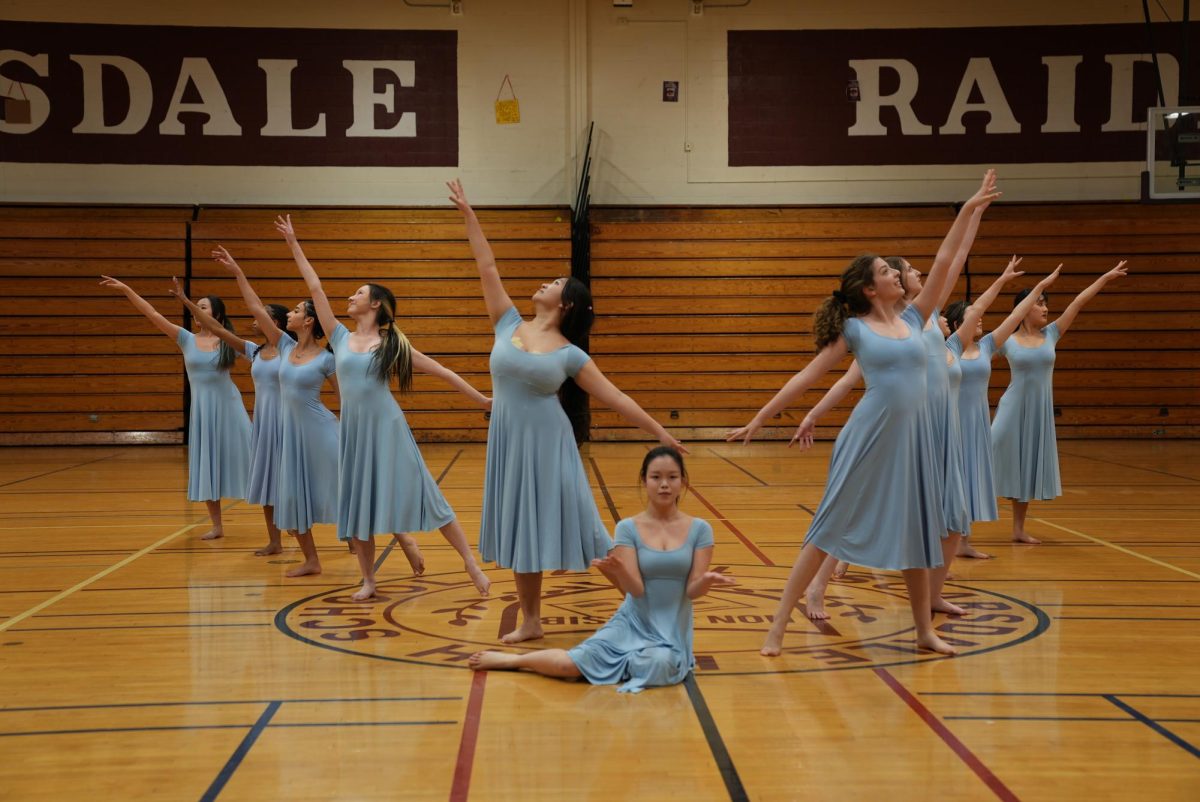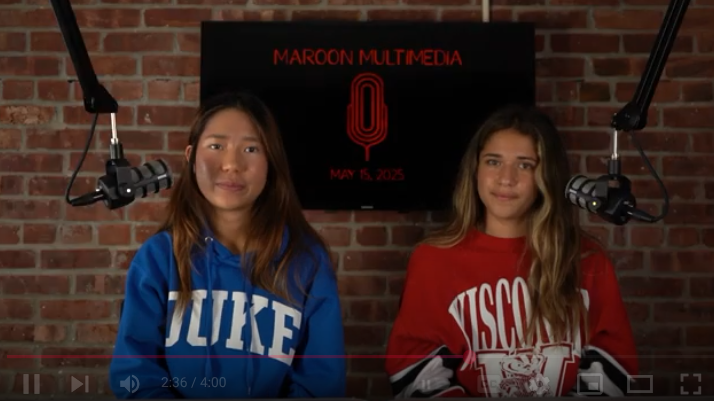Graded: Hybrid Learning 2020
What grade would I give to Hybrid Learning this year? I’m not so sure.
October 7, 2020
What grade would I give the hybrid learning model? I have no idea, and neither do you.
This summer, administrators, teachers, and student government officials undertook possibly the most demanding group project in the history of Scarsdale High School. The stipulations were as follows: “with your group, design a plan for the school year that A) delivers a rich and fulfilling curriculum to over a thousand students, B) offers some sense of normalcy, social interaction, and mental health relief, and C) safeguards the school community from the spread of COVID-19. Then, deliver a concise presentation explaining the entire system to the entire school, and implement your plan.”
We are three weeks past the due date, and it is time to fill out the rubric.
The administration has successfully achieved the first two goals, almost to the fullest extent possible. With one period per week per class, my teachers make incredible progress pushing through the curriculum, and they consistently take time to ensure a full understanding of crucial concepts. More importantly, I get to spend two mornings every week feeling normal. I see former teachers in the halls. I have conversations with my classmates. I ask clarifying questions without nervously glancing at the clock. I go to school. These are massive upgrades from last spring. There is even an unexpected silver lining. With reduced in-person class sizes, students can contribute as much as they want during class discussions, and, on a personal note, I am not nearly as stressed to practice my Spanish skills in front of an audience of six rather than sixteen.
It’s not all wonderful. There is a sense that fully-remote students are being left behind, as some teachers work to involve Zoom students in the lesson while others focus almost exclusively on the in-person students. Meanwhile, the physical education program has yet to find its footing. But we should not let perfect be the enemy of very good. The hybrid model set out to provide students with an education and a sense of normalcy. All else being equal, it did a good job.
The problem is that all else is not equal. All else has not been equal for quite some time. How do we evaluate hybrid learning when the most important objective, safety, is a complete mystery? With conflicting information about the ways the virus can spread, it is almost impossible to be certain whether the precautions in place are sufficient. Worse, if we are not combatting the virus effectively, we will not know until it is already too late. Because of the ambiguous safety element, your view on hybrid learning probably depends on your personal experience of the past several months. Maybe you have already beaten a mild case of coronavirus, and you can’t fight that part of your subconscious whispering, “What’s the big deal?” Maybe you have seen first or second hand the danger of the virus. Maybe you regularly spend time with friends outside of school. Maybe you flinch any time your personal space is violated.
I love our hybrid learning model, but I have no way to evaluate it when Schrödinger’s outbreak both is and isn’t happening every time I step inside the building. All I know for sure is that, as a senior, I will not take a single day, a single class, a single awkward walk around the track for granted, and neither should you.

